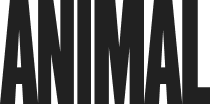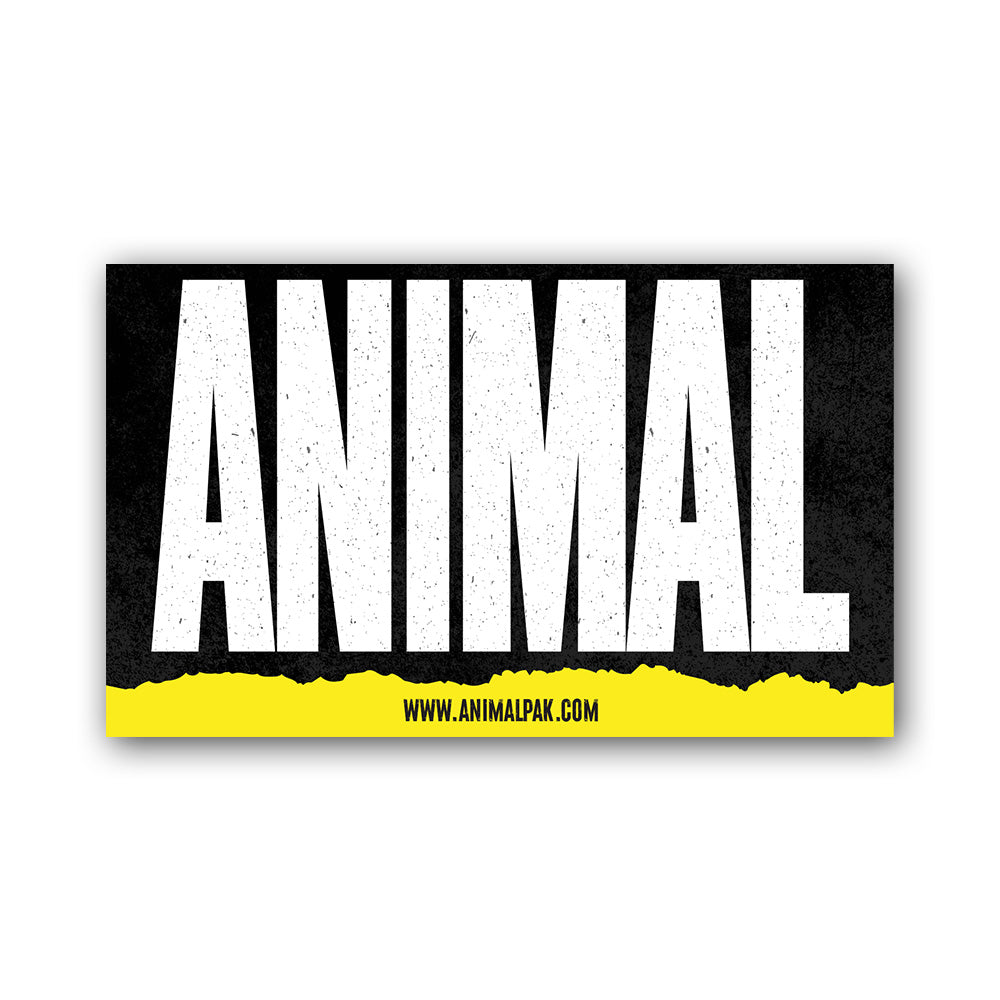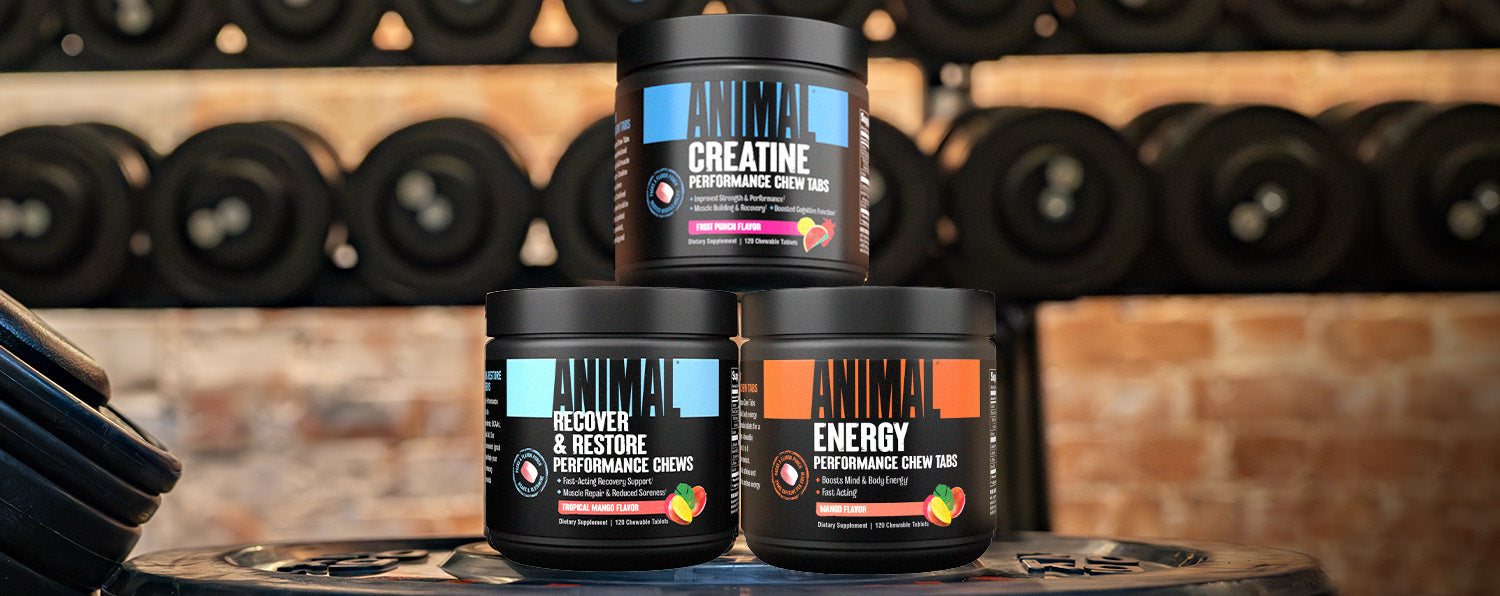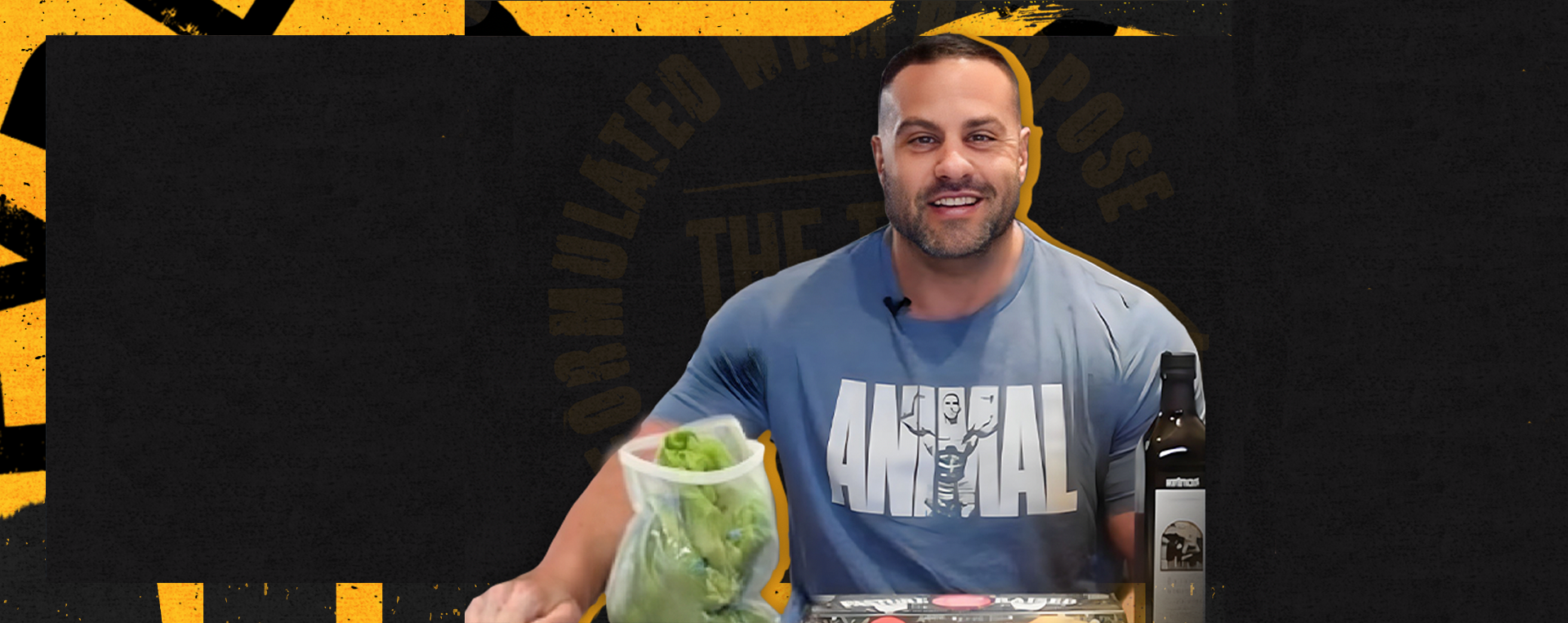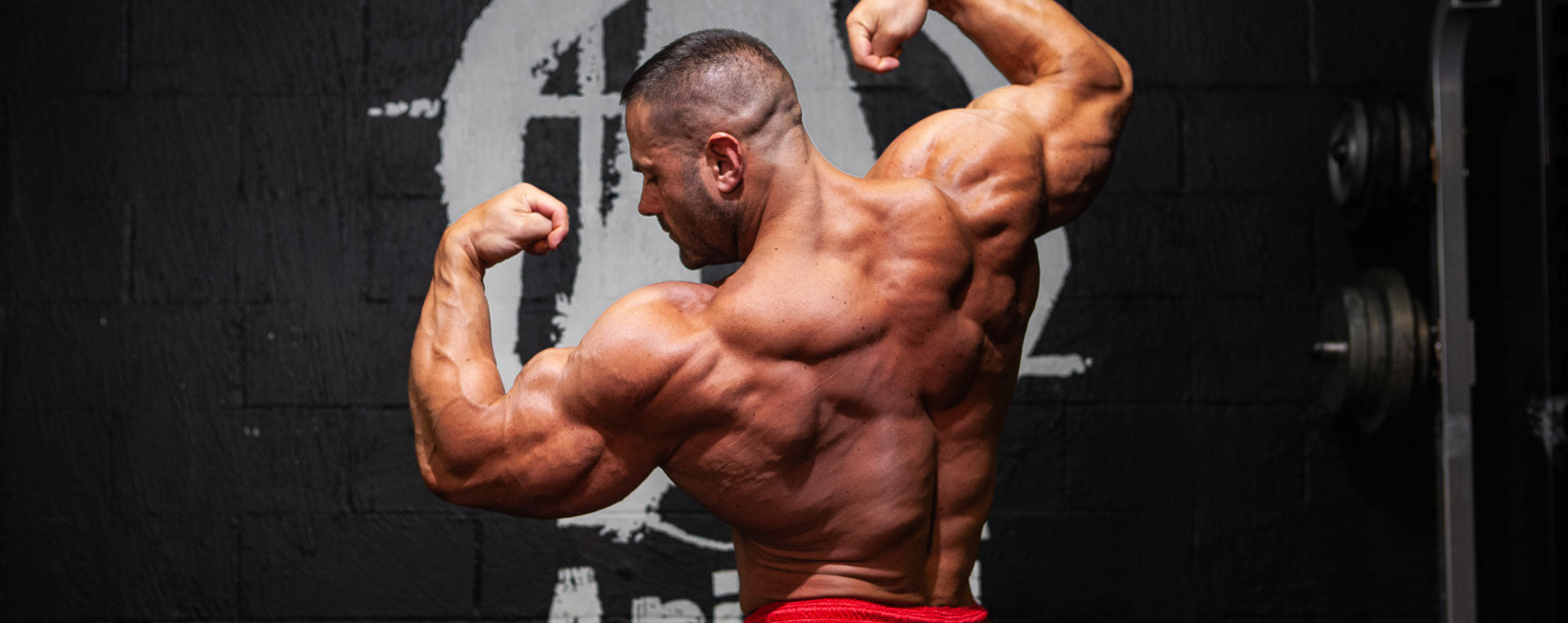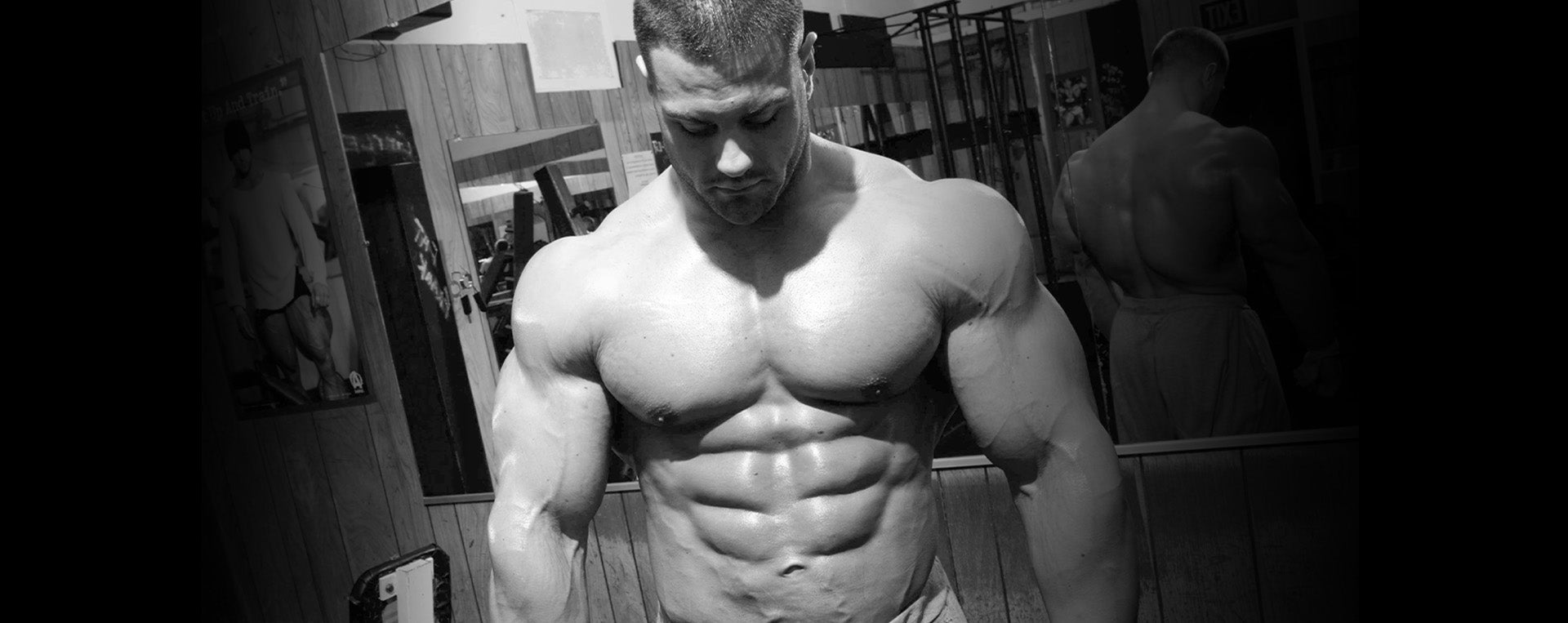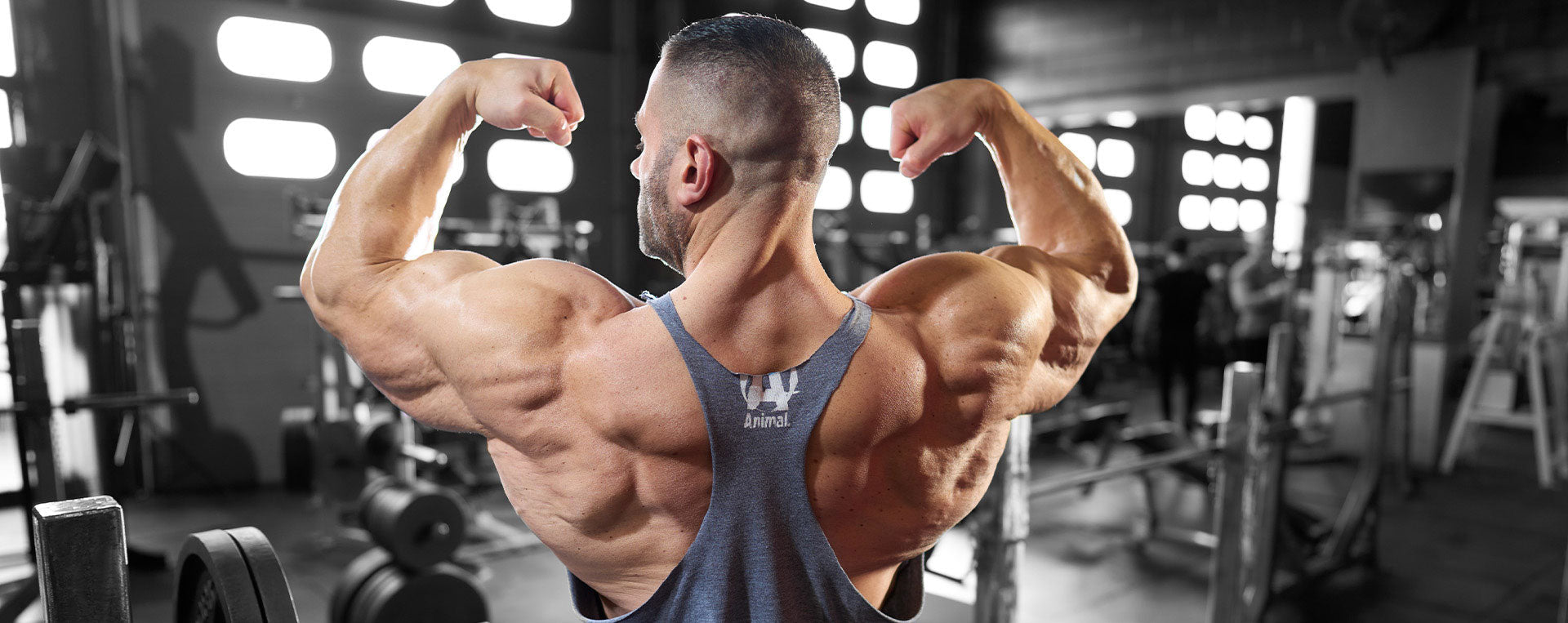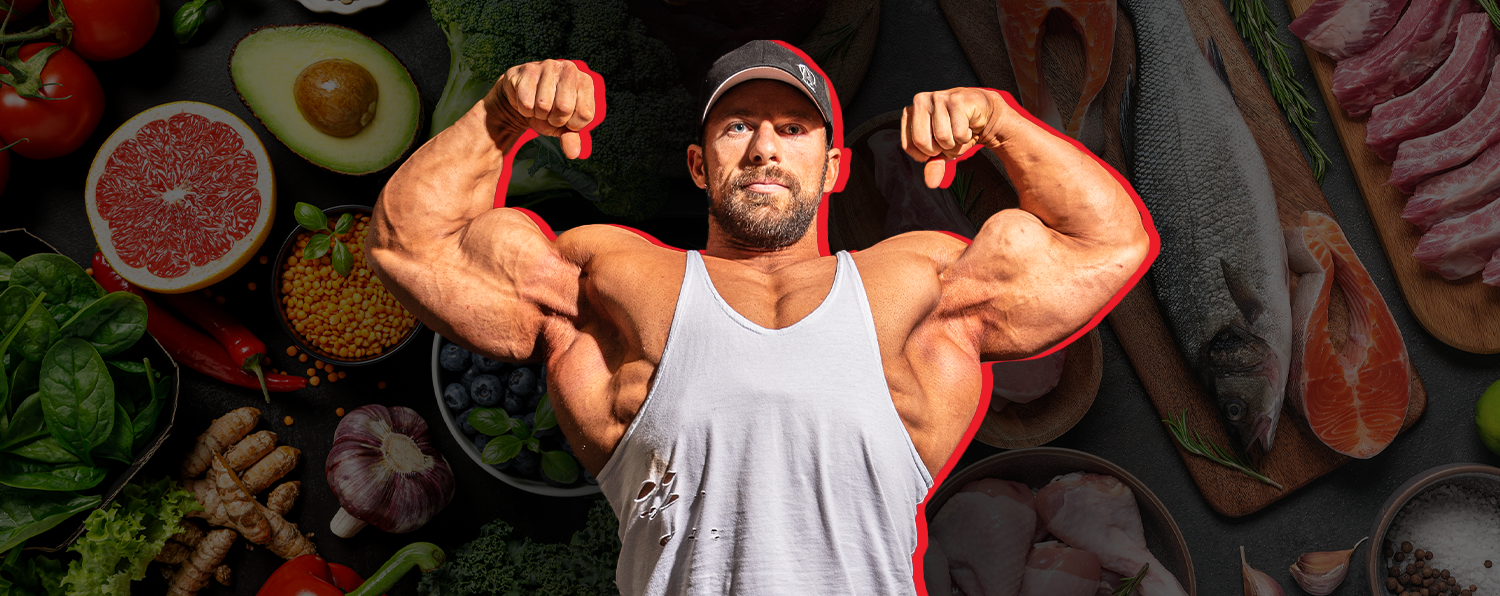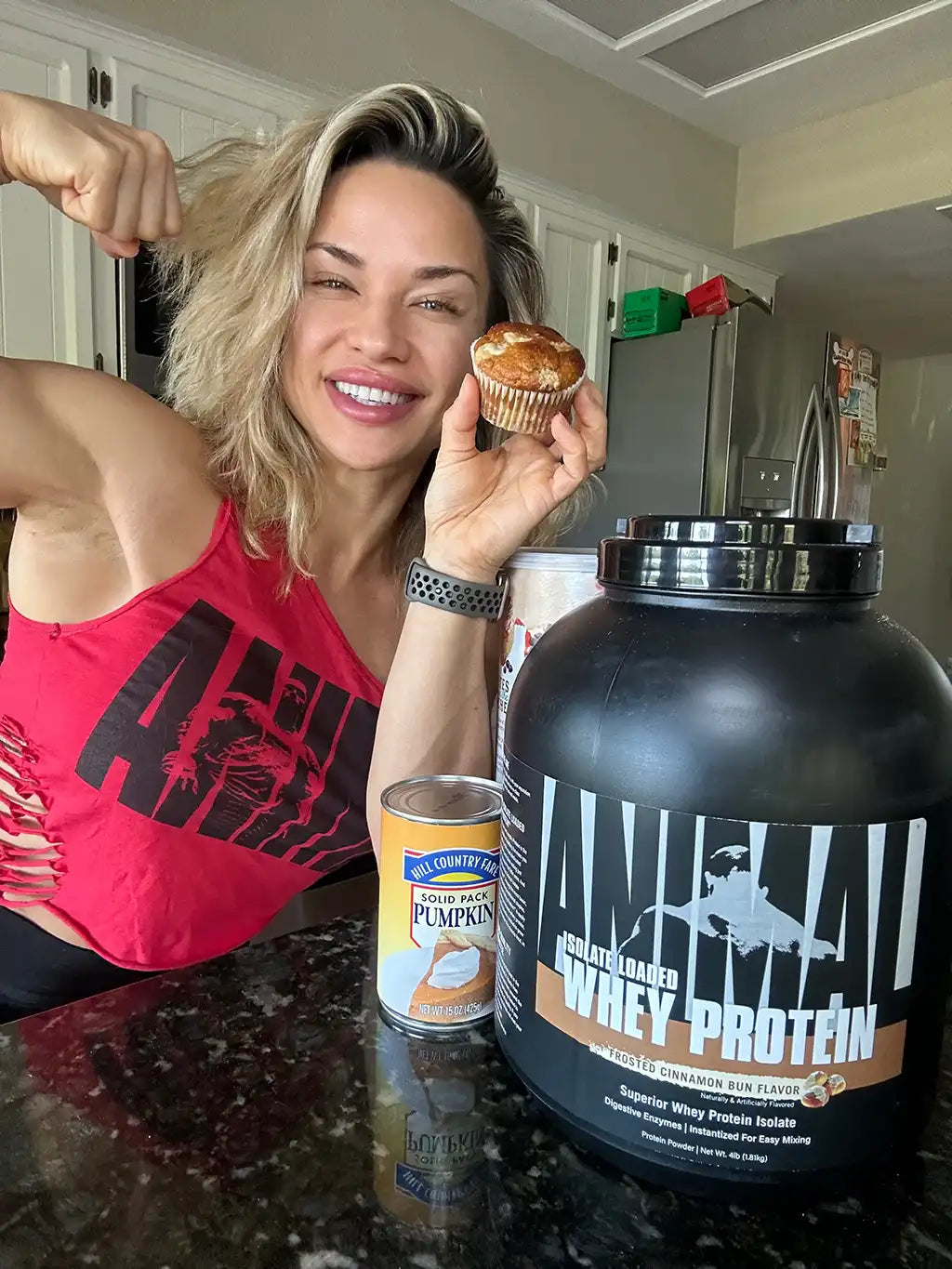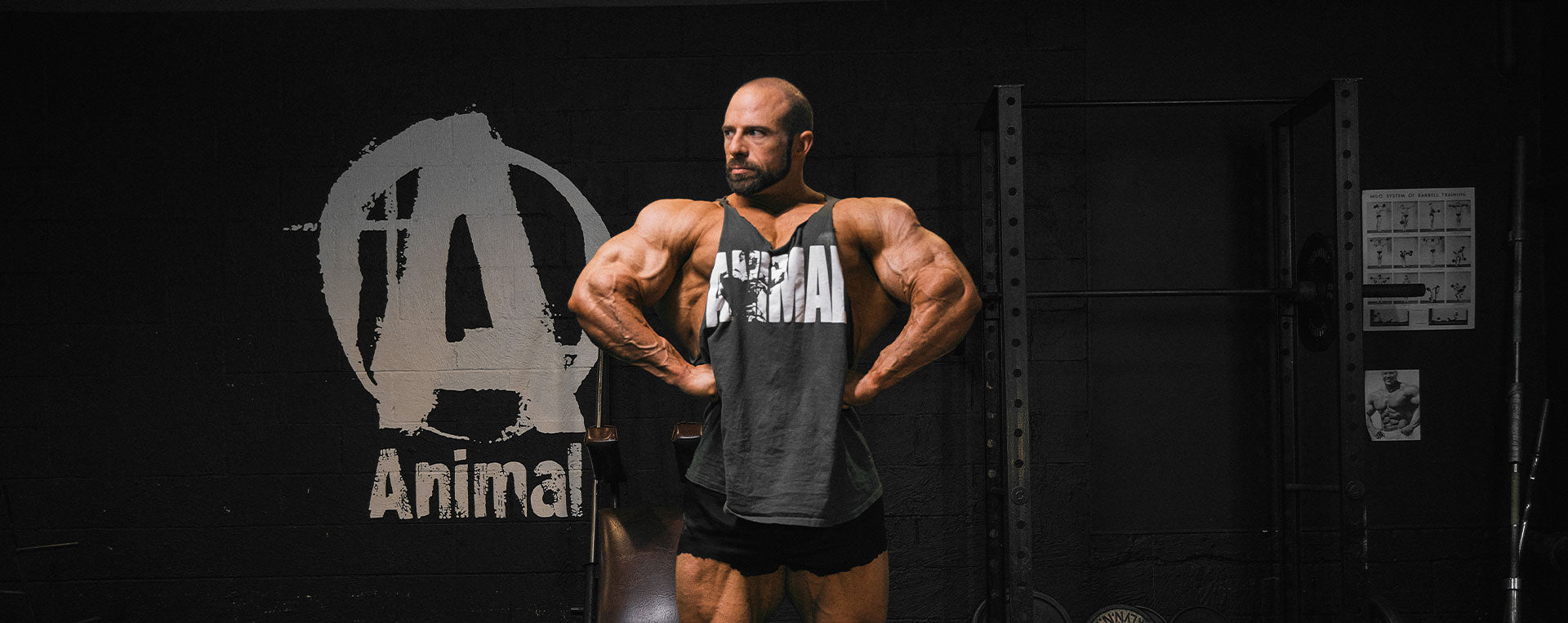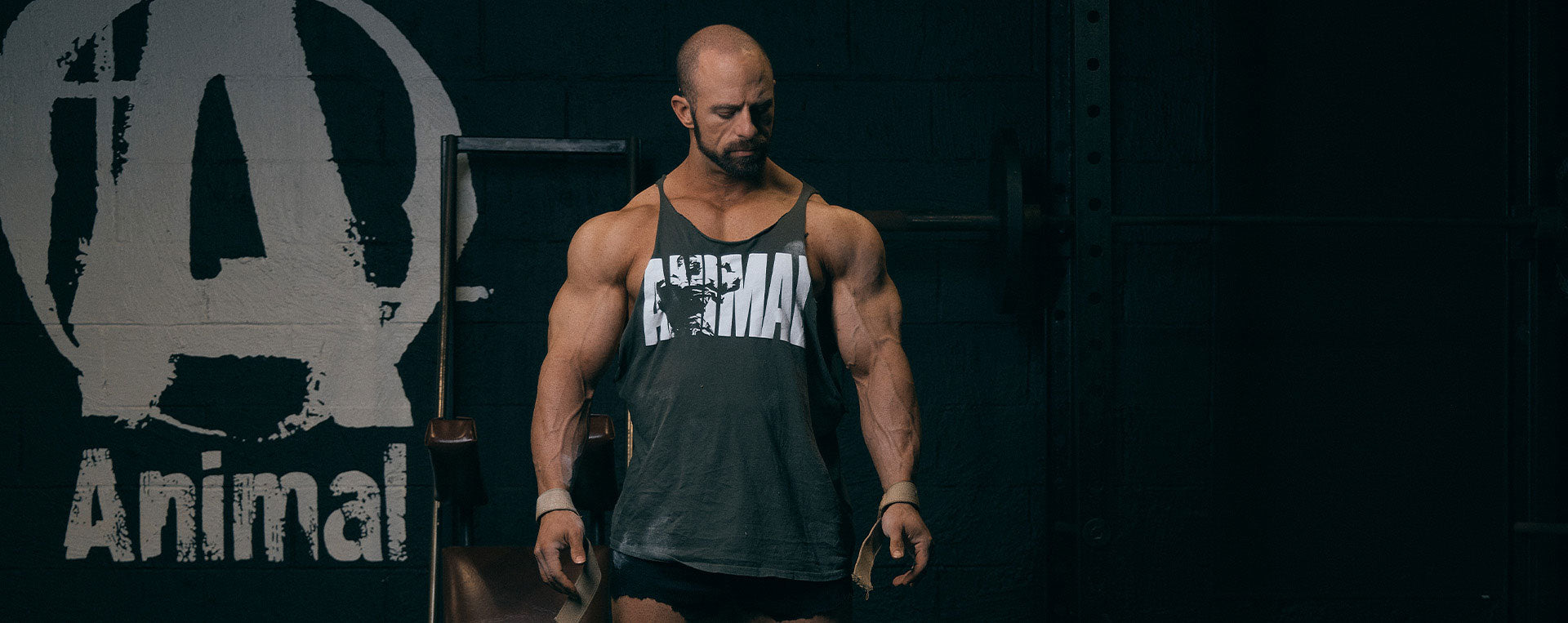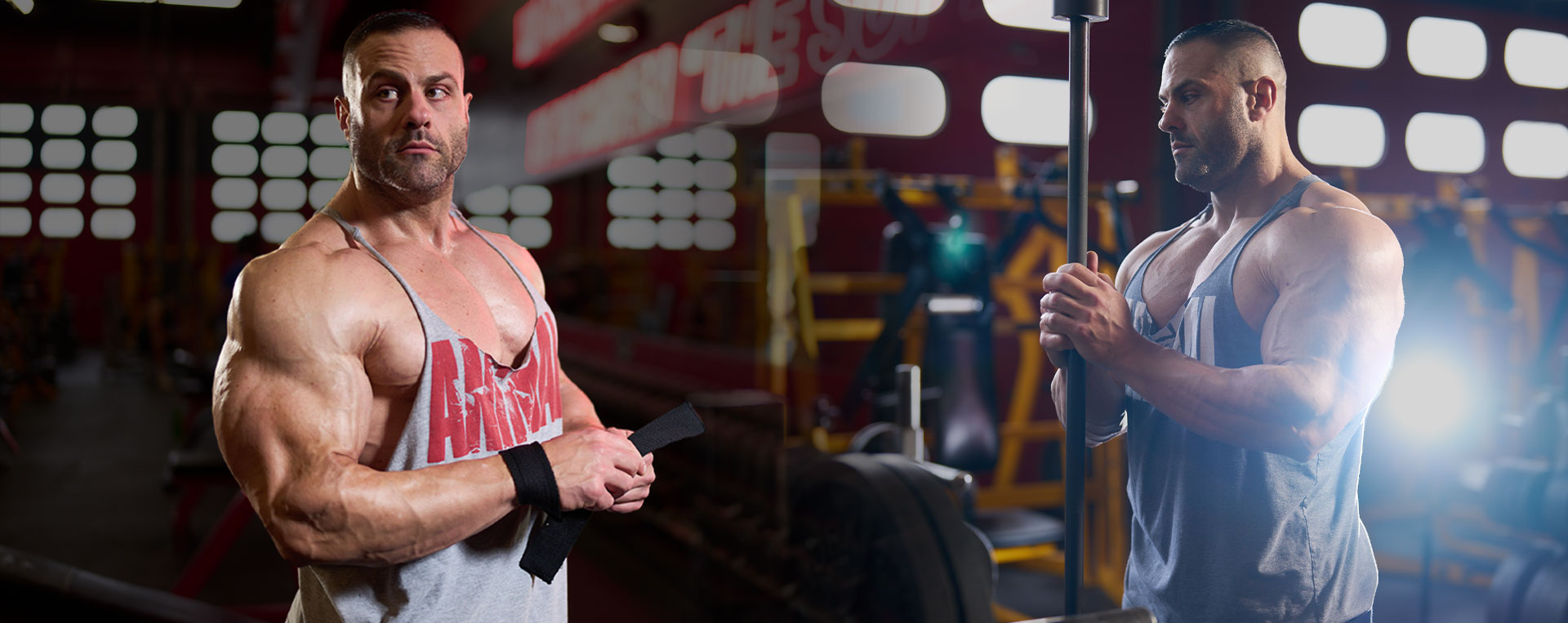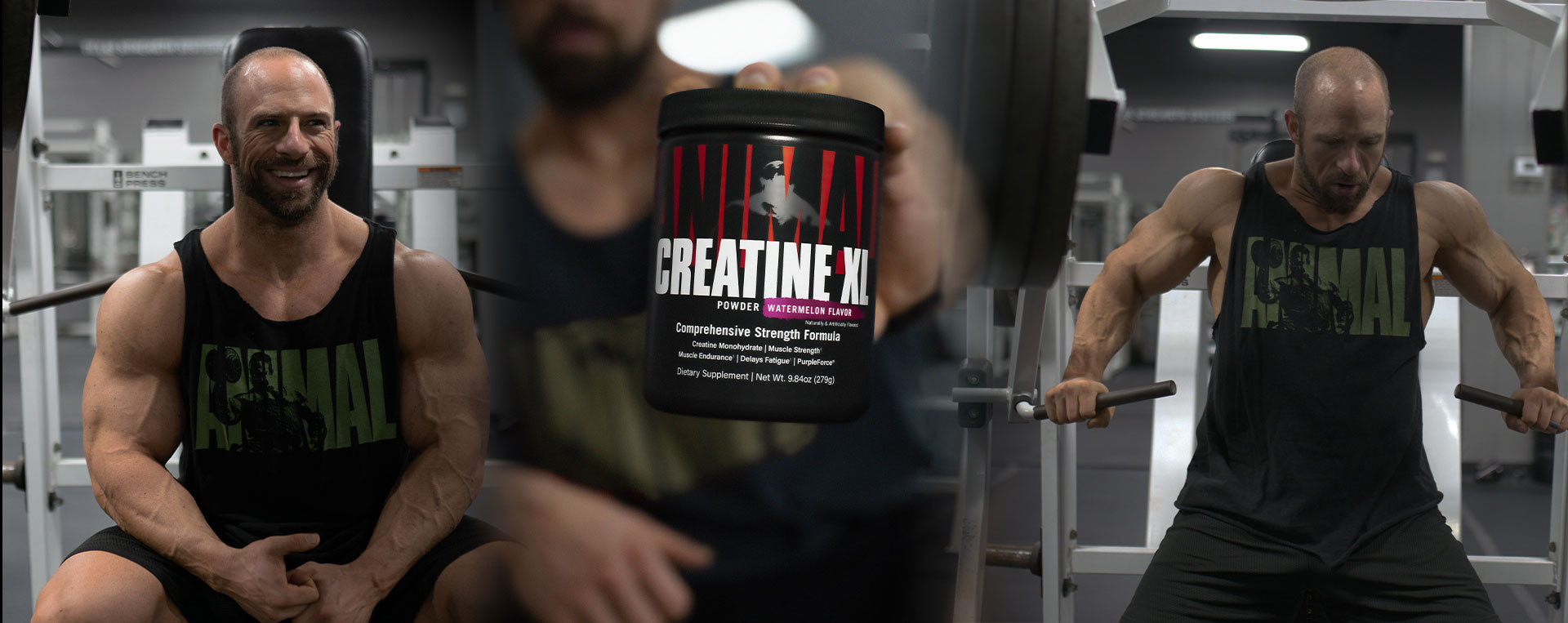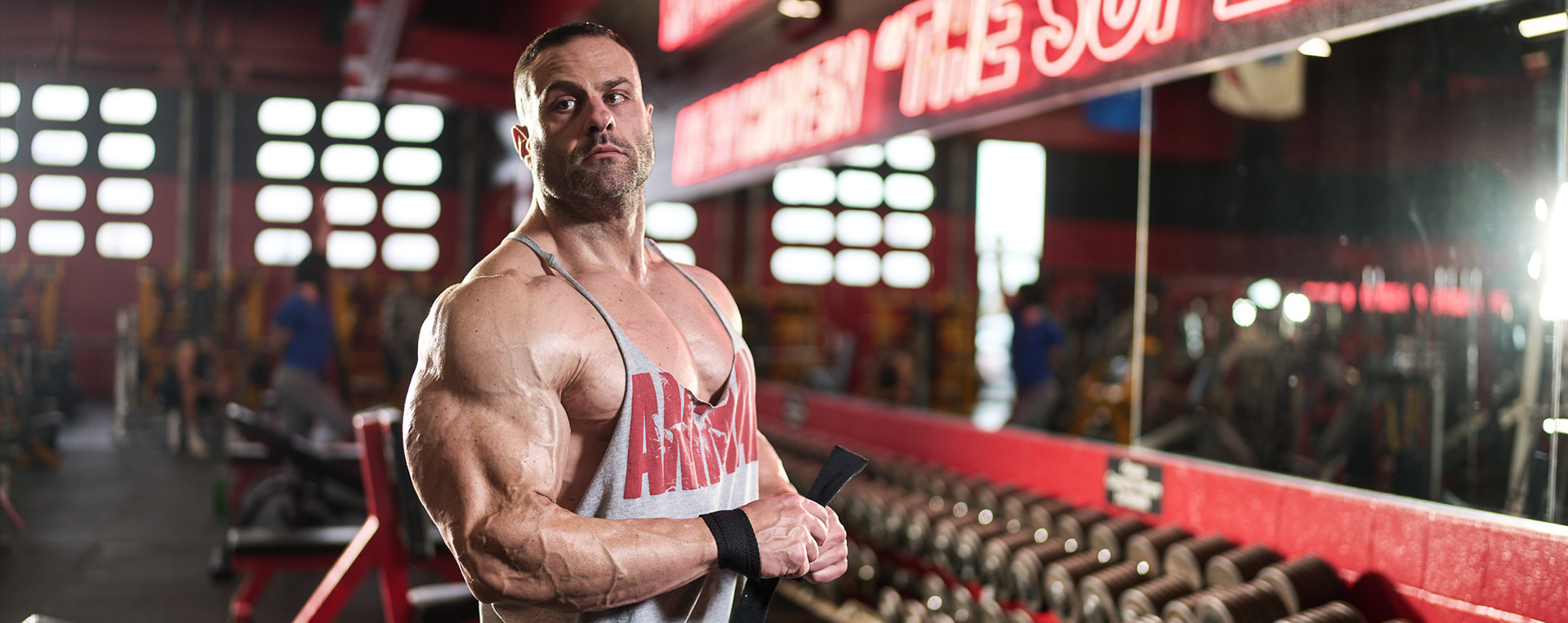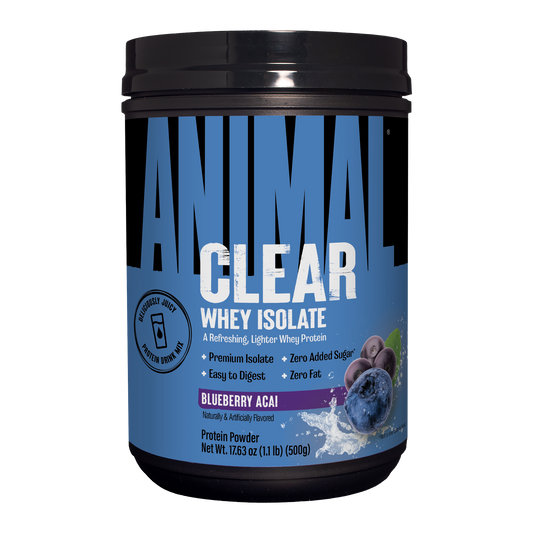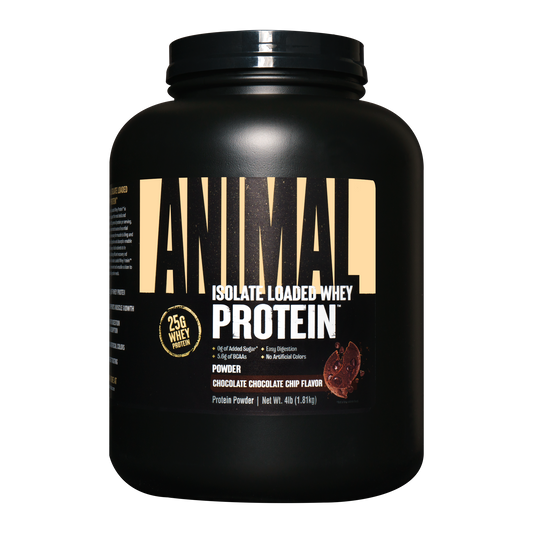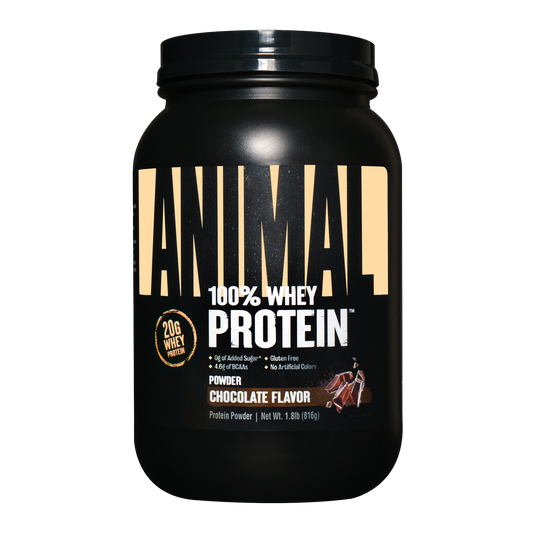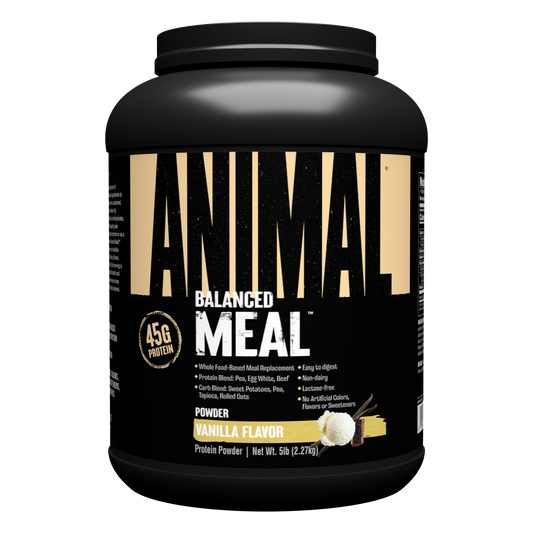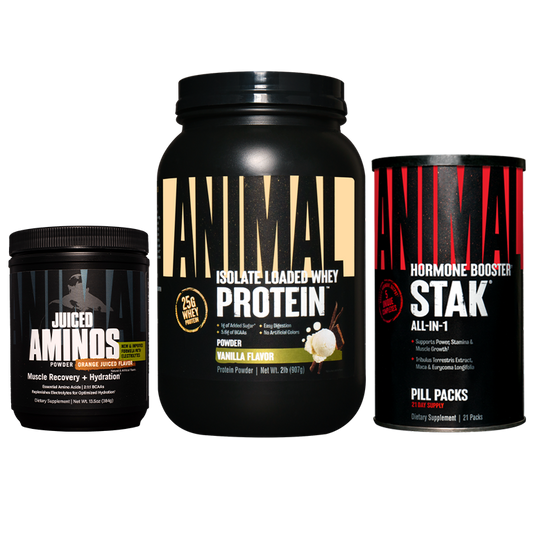Overview
Back in the summer of 2013, Animal sent me on a special mission. They challenged me to stretch a limited budget as far as possible and put together a bodybuilding diet using only $50 --- for an entire week's worth of food. As part of their overall mission, Animal wanted me to use my experience to help educate lifters, young and old, on how to shop for food when money is tight, and in the most effective way possible for building lean mass. In the end, I did a lot with that $50 and through the video, “Big On A Budget,” I showed that with planning, preparation, and digging, you could get pretty damn far.
This time around, Animal approached me with a new grocery and food prep concept. They told me there was no budget --- not $50, $100 or anything. This time, I could go shopping and buy the foods I typically use to make up my diet. This challenge just became a whole lot easier. But there was another change too. I wasn't limited to buying food for an entire week. I normally don't shop for a week's worth of food. I shop more frequently and buy for four day's worth of food at a time. So in my video, you'll see me shop and prep food for about half a week during my offseason.
Status
So a little bit about where I stand currently for this article and the video. I'm offseason and sitting at around 276 lb. To maintain my current size and support my training, I have to eat 5 meals per day with an average of 50g protein, 60g carbs, and 20g fat per meal. By the time I add in intraworkout carbohydrates and the occasional snack, my total caloric intake per day is in the neighborhood of 3500 calories.
Yes, you read that right. Most of you out there will think that 3500 is not nearly enough to sustain a 276 lb pro bodybuilder. I assure you that, in my case, it absolutely is. Before we go any further, I want to remind you that there is a strong case to be made for eating a balanced diet that not only reflects an appropriate macronutrient profile, but is also rich in important micronutrients. I strongly believe that the body's ability to maintain itself and/or support muscle growth extends beyond the simplistic "calories in” versus “calories out" formula.
I also believe that a diet abundant in vitamins, minerals, and other micronutrients is more sustaining than a diet featuring just chicken and rice over and over again. I'm also a firm believer in using the right supplements. After all, what are many supplements if not micronutrients? So you will see the chicken, fish, eggs, and rice --- foods typical to other bodybuilding diets --- but you will also see vegetables and even a little fruit. Here is an explanation of the foods I choose, why I choose them, and some helpful tips regarding preparation.
Shopping
Let's start with protein. In the video, I mention that I start with protein first because it's the foundation of any bodybuilding diet. Also, protein at the bottom of the cart is more sanitary, in case the packaging leaks. Most people have a solid understanding of the importance of protein intake as it relates to muscle (and other tissue) repair. Simply put, muscle repair and growth requires amino acids in protein. Therefore, we need to consume plenty of protein in order to recover and grow.
Typical daily protein intake recommendations range from less than 1 gram per pound of bodyweight to 1.5 grams per pound of bodyweight. Based on my own personal experience as a pro bodybuilder, 1.5 grams per pound of bodyweight is a lot of protein. Truth is, unless you are following a contest prep diet and really trying to limit fat and/or carbohydrate intake, it's pretty unnecessary. I know this won't go over well with a large part of the general bodybuilding community, but I believe that 1 gram per pound, minimum, is fine. This is roughly what I take in at the moment.
My protein choices are pretty simple: chicken, fish, and eggs. I include about 5.5-6 lb of chicken breasts for the four days. Water lost during cooking will give me a total of 4 cooked pounds, which works out to a pound of chicken per day, or 8 oz of chicken for two meals daily. I also pick up 4 lb of cod and 2.5 lb of salmon. This will give me roughly 4 lb of cooked fish for four days. This works out to one 8 oz salmon meal and one 10 oz cod meal daily. I bought more cod than salmon because during the cooking, cod loses a lot more water than salmon. So 2.5 lb of salmon yields four 8 oz servings, whereas you need 4 lb of cod to yield four 10 oz servings.
I also add two dozen jumbo eggs to my shopping cart. These 24 eggs will last me four days at 6 eggs per day. I eat the eggs for breakfast and rely on a great, convenient recipe that I've been using for a while --- and one that was born out of necessity. For that recipe, be sure to check out the video as I explain what I do there.
Next, let's move on to carbohydrates. In my current diet, carbohydrate calories come from rice, brown rice syrup, oat/wheat flour, strawberries, kale, and broccoli. With the exception of wheat flour, my carbohydrates are gluten-free and low in fructose. I do prefer oat flour over wheat because it's gluten-free and wheat flour is not. Gluten-free means easier, more efficient digestion. Oat flour is also usually "whole" and contains a bit more fiber compared to white flour. I don't avoid gluten because of an allergy or intolerance. As always, I seek food sources that are efficient and easier on my digestive system.
At this point, let's keep the vegetable conversation separate from the general carbohydrate conversation. Why? I look at the two differently. I see vegetables like kale and broccoli as a valuable micronutrient source and as a way to balance the digestion of the proteins and fats in my diet. I feel these vegetables have a positive effect on the gallbladder and on the digestive system as a whole. Think about it. Your system can become strained when you eat too much protein and fat and not enough vegetables. I know some bodybuilders don't eat a lot of veggies, but I try to make sure I get veggies with every meal that contains animal protein.
Starches and sugars, first and foremost, are a calorie source. To that end, any carbohydrate would do. However, they also serve to replenish and load glycogen. For this reason, I avoid fructose and look to more easily digested starches like white rice, oats/oat flour, and even a small amount of glucose from brown rice syrup. Brown rice syrup, although primarily a sugar, is preferable to maple syrup or honey because it is entirely glucose. This makes for efficient glycogen loading.
I eat strawberries because they are low in fructose. Other low fructose fruits you could choose include peaches, plums, and nectarines, but those would be shitty in a pancake so I stick with strawberries. Think all carbs are created equal? Drink 100g of fructose and let me know how your stomach feels once you get off the toilet. Starches and glucose are what I'm after. And while I don't mind some bread or pasta here and there, if I use these as my main carb sources, I end up feeling bloated and unable to consume the necessary food volume. In short, when it comes to carbs, efficient digestion and potential for glycogen loading is my main concern. This is my strategy and that's why I stick with the carbs mentioned earlier.
Prepping
So the food shopping was a success. Now it's time to prep the food. As always, think in terms of "mass production." Whether you're firing up the grill or heating up the oven, cook as much food as you need. Grilling has been the go to way to prep chicken since bodybuilders first discovered fire. Get it hot, slap on as much chicken as you can fit, and don't touch it until the uncooked side starts to turn white. Once it does, flip it over and shut the lid for another couple minutes and it should be done.
Whether it's chicken, fish, steak, or anything else, cook food long enough and you'll know when it's done just by poking it with your finger. The key with chicken is cooking it just enough to be "done" and then covering it with foil. Doing this will keep the chicken tender rather than allowing it to turn to shoe leather. On the topic of shoe leather, one of the main reasons I like fish so much is because of its texture. Keep in mind, texture is related to digestibility. In other words, if you can barely chew through a piece of meat without getting a "jaw pump," then it's unlikely that your stomach (even with its acids and enzymes) is going to have an easy go with it.
Just think about it. Protein shakes like Animal Whey have long been touted for their easy digestion. Why wouldn't they be easily digested? They are liquid. Bodybuilding nutrition is a game that's all about consistency and volume. At some point, progress comes down to how much food can your body can quickly process and utilize. Efficient food sources will have a lot to do with this. So do you need to eat fish? No, of course not. But you can only eat so much chicken, and red meat isn't cheap or easy to digest either.
I chose cod and salmon because that's what I like, but fish isn't always cheap. Cod is on the lower end of the price scale. The only cheaper fish you're going to find is the farm raised stuff from Asia like tilapia, basa, and catfish. I wouldn't personally touch that stuff. As I said earlier, you don't need to add fish to your diet, but if you do, aim for the best and highest quality fish you can afford. Eating well comes at a price. As always, you usually get what you pay for.
When it comes to carbs, I keep things simple. Rice goes right into a rice cooker. Make sure you rinse the rice before cooking. This removes excess surface starches that would otherwise cause the rice to clump and stick together. Remember to spend time prepping your food. It will be worth it.
As for the greenery, I throw the kale in a large pot with about 2 cups of water and steam it. With the broccoli, you can use a pot or a pan with some water. Put a lid on it and steam the broccoli until it's fork tender. Don't be afraid to take a bite --- if you can chew it, it's done. Many people ask me if I eat my veggies raw. Remember what I said earlier --- for the bodybuilder, it's all about efficient digestion and being able to eat a certain volume. Raw foods are much more difficult to digest. Try eating a couple crowns of raw broccoli plus handfuls of raw kale and then see how much room you have left for the rest of your food. So yes, cook your veggies.
It's time to chew on the fat. Fat is probably the most under-consumed macronutrient among the bodybuilding population. Why? First, there's the residual anxiety from the 1980s and the food guide pyramid that we all had drilled into our skulls. Remember that? It told us that eating fat makes you fat and that we should instead focus on bread, grains, and carbohydrates in general. With diabetes and obesity skyrocketing today, I'd say that those recommendations were pretty shitty.
Anyway, I can tell you from first-hand experience that fat is an incredibly important macronutrient. Whether you're trying to gain muscle OR lose body fat, dietary fat intake is vital. If you were to look at my macronutrient intake, you would notice that I get roughly the same number of calories from each macronutrient (don't forget that fat has more than double the calories per gram compared to carbohydrates and proteins). I've done low fat diets before. The only thing I experienced was a loss in size and density. I didn't get leaner. So try to balance your macros, and not go extreme with one or another.
As for fat sources, egg yolks are great as they contain ample amounts of cholesterol (another thing you shouldn't be afraid of) and are high in lecithin and choline, which are important for your liver and nervous system respectively. One of my favorite fat sources though is olive oil. Olive oil is economical, easy to add in exact quantities, good for your liver, doesn't take up a ton of room in your stomach, is easily digested, and supplies the body with an overall healthy source of fat that it can use for energy. It can also help keep your muscles "full." People tend to associate muscle fullness exclusively with carbohydrates, but many fail to realize that fats are also stored within the muscle as intramuscular triglycerides. So yeah, fats help your muscle to stay round and full. Also, be sure to check out the video where I point out what makes for a healthful, quality olive oil.
Summary
For the four days, I spent about $115 on the grocery bill. This translates to about $200 for a full week, or a little under $29 a day. I realize that may be a lot for most of you out there. Quality food certainly doesn't come cheap --- and I eat a lot of it. As a pro bodybuilder, I have to take my food really seriously. The purpose of this article and this video was to show you what I actually eat and why I eat what I do --- what a real pro bodybuilding diet actually looks like. In summary, my food list looks like this:
- chicken breasts
- cod
- salmon
- eggs
- white rice
- olive oil
- broccoli
- kale
- lemons
- strawberries
- pancake mix
With these 11 ingredients, I created my 5 daily meals:
#1 strawberry pancakes
#2 salmon and broccoli
#3 chicken, rice, and broccoli
#4 chicken, rice, and broccoli
#5 cod, rice, and kale
Keep in mind two important facts. First, this is what works for me. It's based on many years of trial and error. I never claim to know the ONLY way to do something. After all, there's more than one way to skin a cat. Second, balancing the macros is vitally important. Bodybuilding nutrition becomes a game of volume, frequency, and consistency. How much can you eat and how often can you repeat it? When you understand this, you begin to recognize the importance of digestive strength (health). This, in turn, will help you select foods that not only fit your macros, but are also nutritious and easily digested.
Tips
#1 Prep veggies first so that you don't have to clean the cutting board (after meat).
#2 Pre-score the fish to help cook it faster and to help segment portions in separate meal containers.
#3 Loosely cover chicken with foil to help keep it from drying out.
#4 Rinsing rice means a cleaner rice.
#5 Focus on healthy, cruciferous vegetables.
#6 Shop for food with a strategy in mind.
#7 Cod loses a lot more water than salmon during cooking, so you need to buy more at the supermarket.
#8 You can cook cod and salmon together; set the oven to broil and put the cod on the upper tray, with the salmon on the bottom tray. You can finish the salmon by switching from broil to bake.
